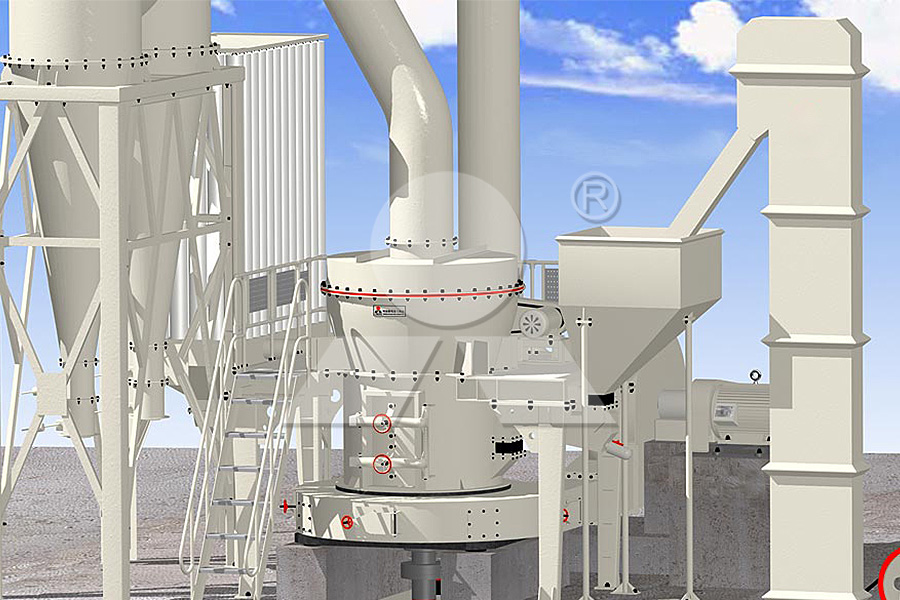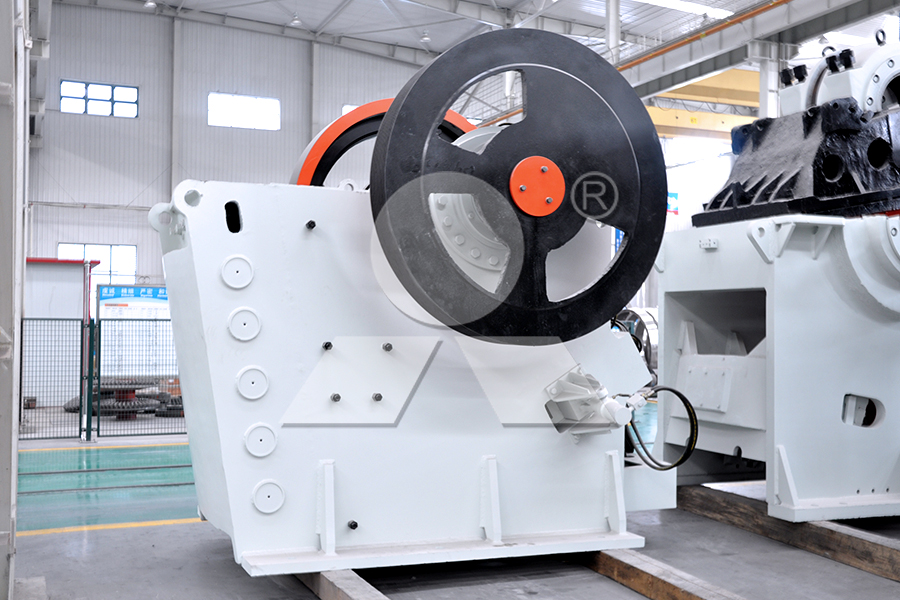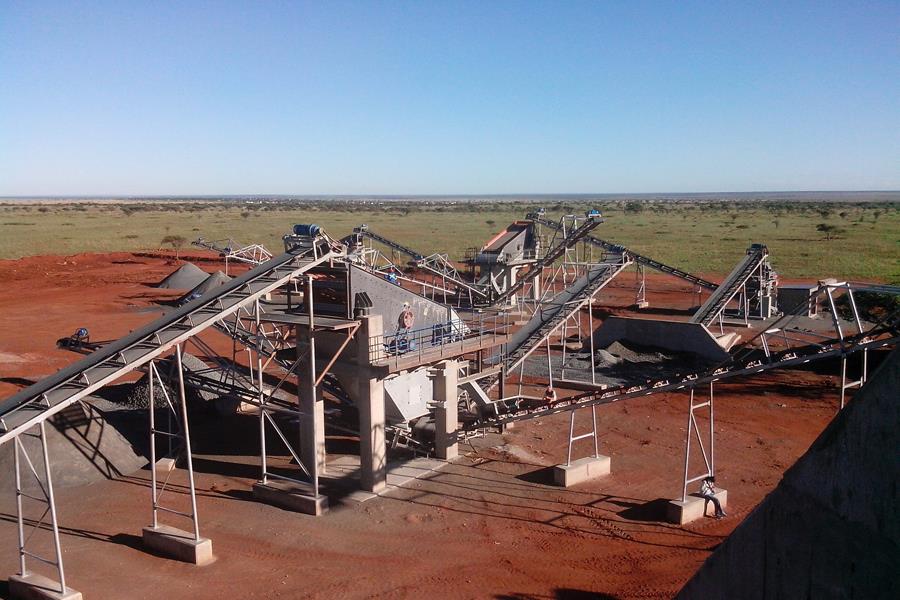

The production of ballast stone needs to be crushed and screened before it can be obtained. It mainly includes three parts: coarse crushing, medium crushing and screening. The production process is: raw materials → jaw crusher → cone crusher → vi
The production of ballast stone needs to be crushed and screened before it can be obtained. It mainly includes three parts: coarse crushing, medium crushing and screening. The production process is: raw materials → jaw crusher → cone crusher → vibrating screen → belt conveyor → ballast stone.
Click here to consult about ballast stone equipment
Jaw crusher (primary coarse crushing)

Jaw crusher, commonly known as "tiger mouth", is good at crushing large pieces of materials and can handle a variety of stones with a compressive strength of no more than 320MPa. Its production capacity ranges from 160 to 1510 tons/hour, including PE, PEW European version and C6X and other models to meet different production needs.
Cone crusher (secondary coarse crushing)
Cone crusher is an efficient and economical crushing equipment that is good at medium and fine crushing of hard rocks. It adopts the principle of laminated crushing to ensure uniform particle size of finished sand and gravel. The main shaft adopts wear-resistant steel and cast steel technology, which significantly improves the wear resistance and stability of the equipment, reduces the failure rate and achieves low operating costs.
Vibrating screen (screening equipment)

After the material is crushed, it needs to be screened by a vibrating screen. There are many commonly used screening equipment, including S5X vibrating screening equipment, Y series vibrating screening equipment and mobile screening machines. These equipment have their own characteristics and can meet the screening needs in different scenarios to ensure that the materials are effectively separated.
Belt conveyor (conveyor equipment)
Belt conveyors are mainly used to transport loose materials or finished items. They can be transported by a single unit or by multiple units or combined with other conveyor equipment to form a horizontal or inclined conveying system. They have the advantages of large conveying capacity, simple structure and easy maintenance.
Previous: SMP Crusher
Next: SMP Crusher

The production of ballast stone needs to be crushed and screened before it can be obtained. It mainly includes three parts: coarse crushing, medium crushing and screening. The production process is: raw materials → jaw crusher → cone crusher → vi
The production of ballast stone needs to be crushed and screened before it can be obtained. It mainly includes three parts: coarse crushing, medium crushing and screening. The production process is: raw materials → jaw crusher → cone crusher → vibrating screen → belt conveyor → ballast stone.
Click here to consult about ballast stone equipment
Jaw crusher (primary coarse crushing)

Jaw crusher, commonly known as "tiger mouth", is good at crushing large pieces of materials and can handle a variety of stones with a compressive strength of no more than 320MPa. Its production capacity ranges from 160 to 1510 tons/hour, including PE, PEW European version and C6X and other models to meet different production needs.
Cone crusher (secondary coarse crushing)
Cone crusher is an efficient and economical crushing equipment that is good at medium and fine crushing of hard rocks. It adopts the principle of laminated crushing to ensure uniform particle size of finished sand and gravel. The main shaft adopts wear-resistant steel and cast steel technology, which significantly improves the wear resistance and stability of the equipment, reduces the failure rate and achieves low operating costs.
Vibrating screen (screening equipment)

After the material is crushed, it needs to be screened by a vibrating screen. There are many commonly used screening equipment, including S5X vibrating screening equipment, Y series vibrating screening equipment and mobile screening machines. These equipment have their own characteristics and can meet the screening needs in different scenarios to ensure that the materials are effectively separated.
Belt conveyor (conveyor equipment)
Belt conveyors are mainly used to transport loose materials or finished items. They can be transported by a single unit or by multiple units or combined with other conveyor equipment to form a horizontal or inclined conveying system. They have the advantages of large conveying capacity, simple structure and easy maintenance.
Previous: SMP Crusher
Next: SMP Crusher
 What are the dolomite crushers for construction? How much does it cost?
What are the dolomite crushers for construction? How much does it cost? How to prevent cone crusher from rusting
How to prevent cone crusher from rusting How to configure a set of mining crushing equipment? How much does it cost?
How to configure a set of mining crushing equipment? How much does it cost? What are the advantages of large-scale sand and gravel production equipment with an output of 200 tons per hour
What are the advantages of large-scale sand and gravel production equipment with an output of 200 tons per hour How to choose suitable sand and gravel production equipment
How to choose suitable sand and gravel production equipment What are the dolomite crushers for construction? How much does it cost?
What are the dolomite crushers for construction? How much does it cost? How to prevent cone crusher from rusting
How to prevent cone crusher from rusting How to configure a set of mining crushing equipment? How much does it cost?
How to configure a set of mining crushing equipment? How much does it cost? What are the advantages of large-scale sand and gravel production equipment with an output of 200 tons per hour
What are the advantages of large-scale sand and gravel production equipment with an output of 200 tons per hour How to choose suitable sand and gravel production equipment
How to choose suitable sand and gravel production equipment